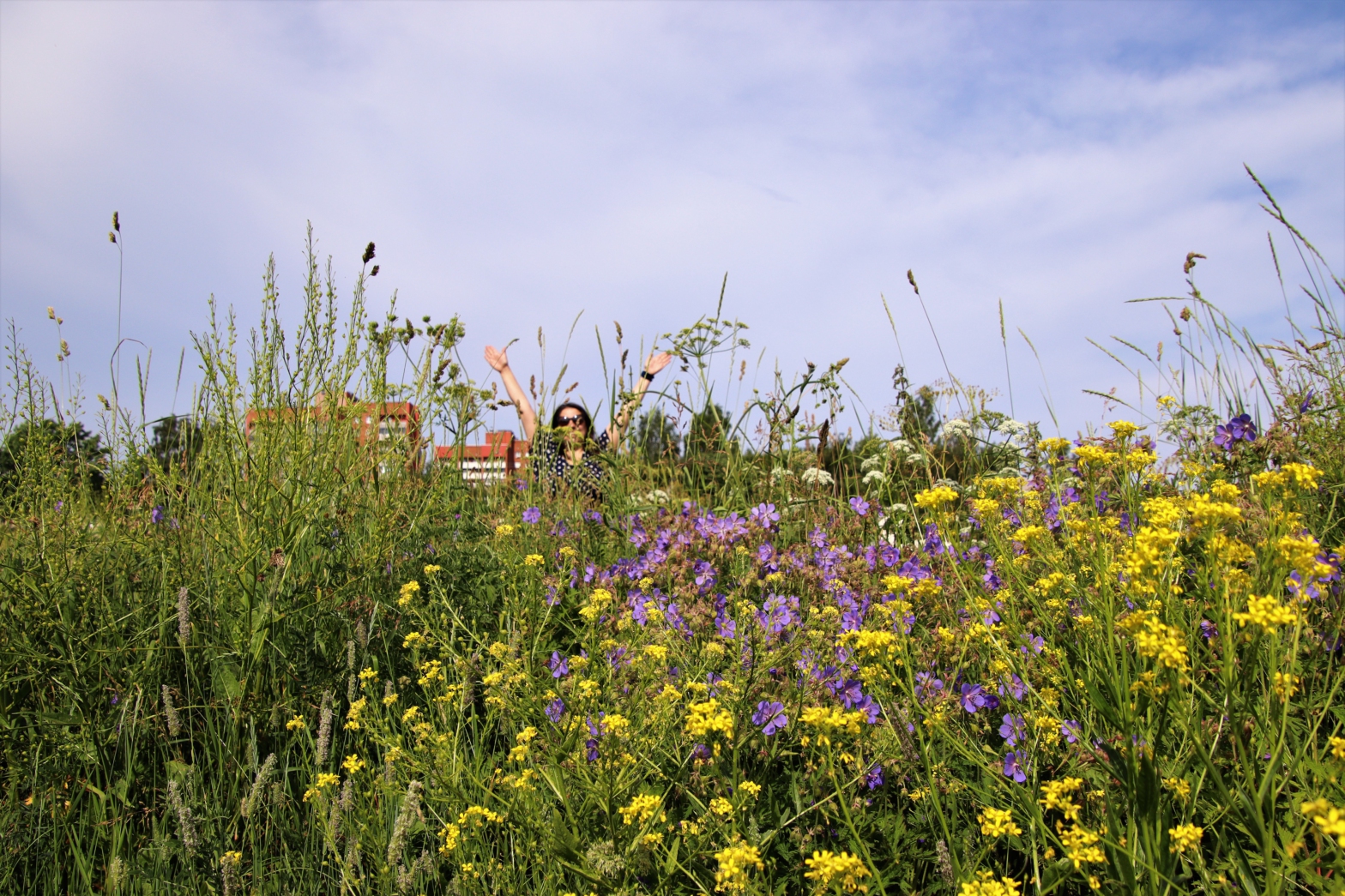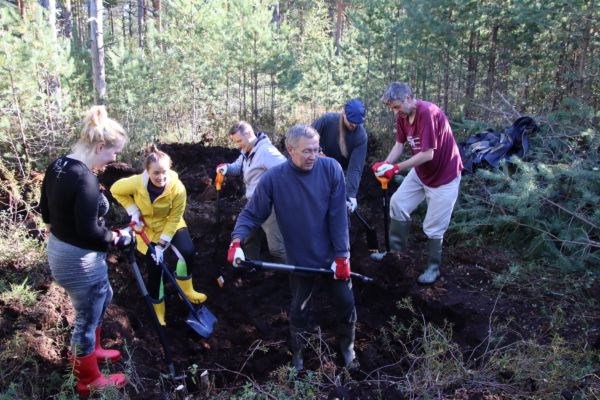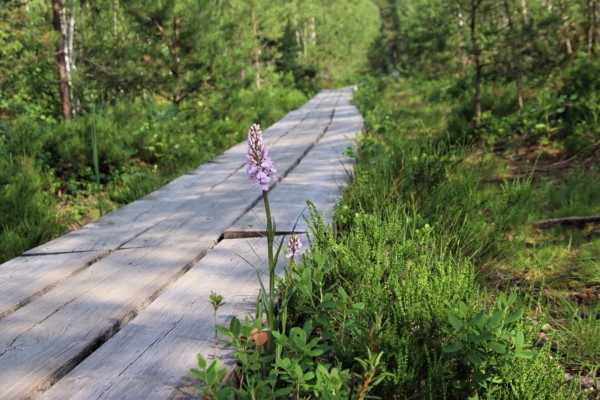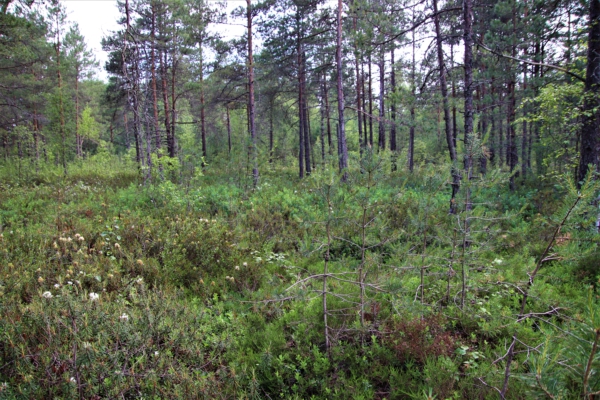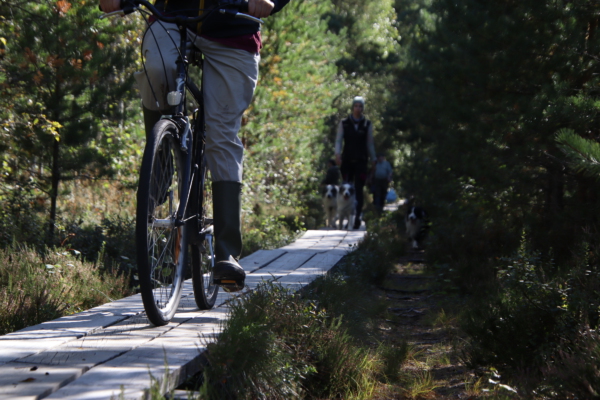A unique swamp in the capital of the world awaits restoration
The bog within the city limits is unique in Europe - Tallinn residents do not have to travel far to hike in the bog. We have this special, Nordic nature in Tallinn only 30 minutes away from the city center.
Tallinn is one of Europe’s capitals with the cleanest air and the richest in species thanks to its diverse nature and extensive green network. A coherent green network – parks, forests and green private gardens – increases biodiversity and offers locals an exciting natural environment, recreation opportunities and protection from extreme weather conditions.
Pääsküla bog is a hidden treasure waiting to be discovered. Several hiking trails pass through the marsh, which take you away from the city noise and give you the opportunity to enjoy nature only 30 minutes away from the city center. A boardwalk in the bog leads to the observation tower, which offers beautiful views of the bog landscape.
The Pääsküla bog and the surrounding forests form one of Tallinn’s largest complete green areas, characterized by a diverse landscape and a great biodiversity of species. Therefore, Pääsküla bog was taken under protection in 2013.
Today, Pääsküla bog has been completely drained and 90% of it is covered by forest. In the southern part, there is a peat field where the thickness of the peat layer is on average 2.5 m, although the oldest peat layers are at a depth of 5 m.
About 300 species of plants can be seen in the Pääsküla bog, including orchids. More than 140 species of birds can also be found. Pääsküla bog is also one of the most dragonfly-rich places in Tallinn, where 17 species of dragonflies have been found (including the protected giant swamp dragonfly). Pääsküla also has a striking species richness of bumblebees and butterflies. Aiataguse and Kasetuka springs are also located in the protected area.
The history of Pääsküla bog is also interesting: in essence, the landfill became the “Lungs of Tallinn” – in 1974, the official Pääsküla landfill was opened in the area, which was finally closed in 2007. Over the decades, however, the bog has dried up and become flammable due to human activity. Locals still remember the big fire in 2002, which destroyed the bog even more.
In order for the former bog and salt patches of the Pääsküla bog reserve to begin to grow again, the ditches once built for drainage must be closed with dams. However, this must be done where there are still the best opportunities for recovery and in such a way that other natural values of the area and also the natural recreation area that has already become characteristic of people are not damaged. The best way to do this is to build these dams by hand, in batches. The first farms took place in September 2022.
In November, the city council adopted a new management plan for the protection of the bog, the preparation of which was contributed by various local interest groups, from scientists to civic activists. The advisory board of the Pääsküla bog conservation area met in July and found at its first meeting that the conservation management plan should aim to preserve the existing natural values and protected species, but partial restoration of the bog should also be considered.
It was the first inclusive project of its kind, in which local interest groups could get involved in the process already in the initial phase, express their opinion and prepare a conservation management plan together, which also went through the public discussion phase and which was finally approved by the city government. The plan is the basic document for ordering conservation management works of the Pääsküla bog protected area, including the restoration of the bog, and a working tools for managing the protected area.
